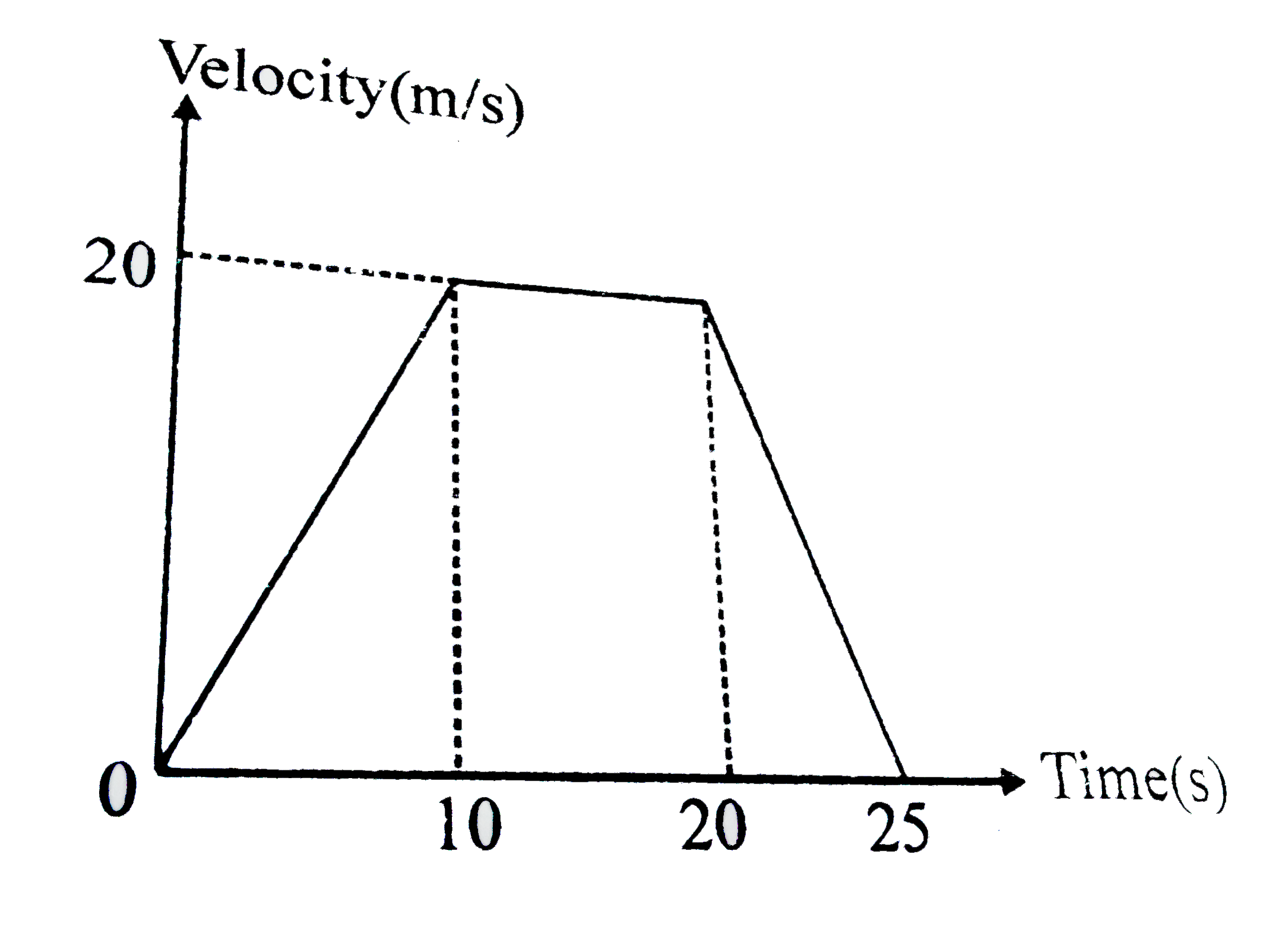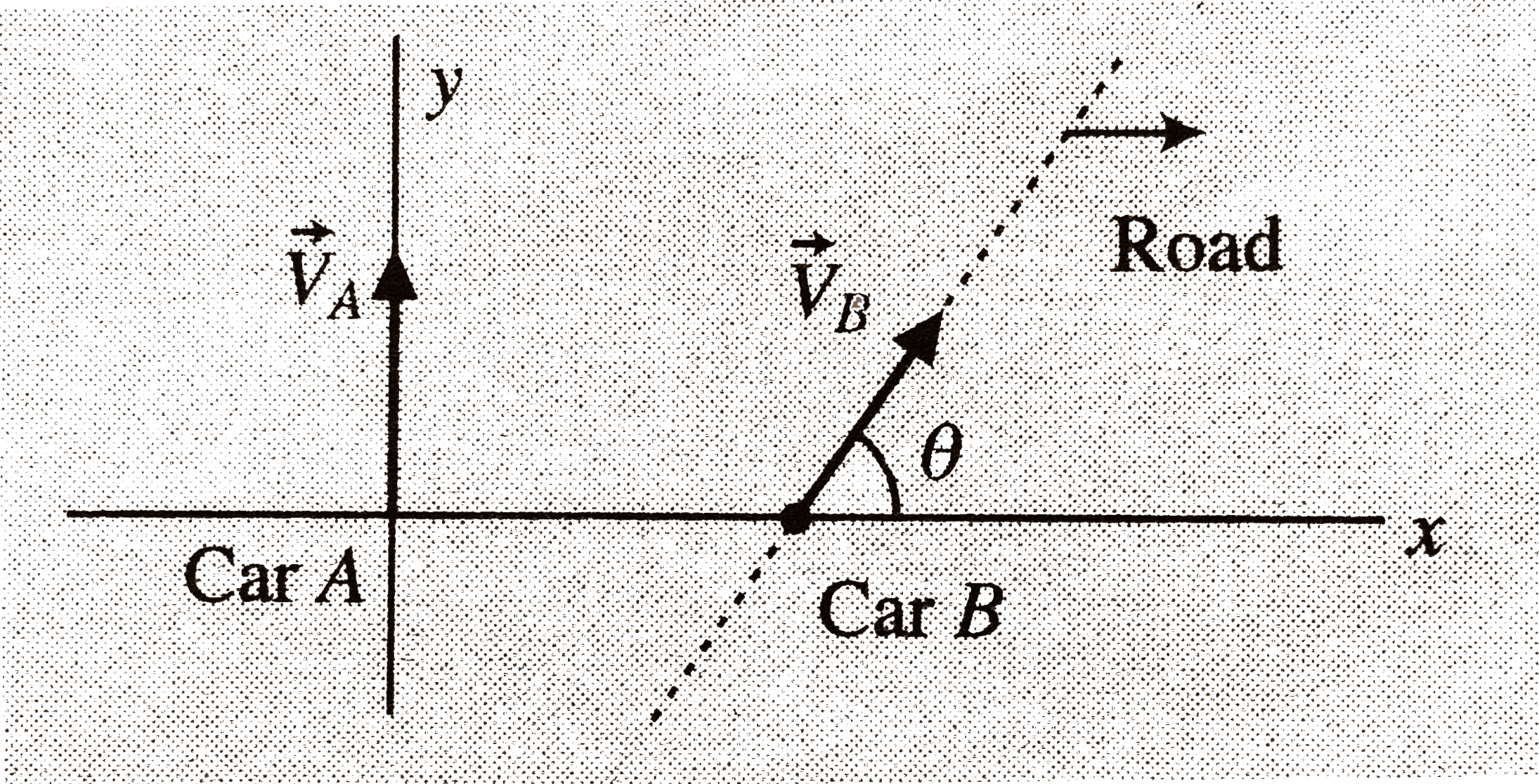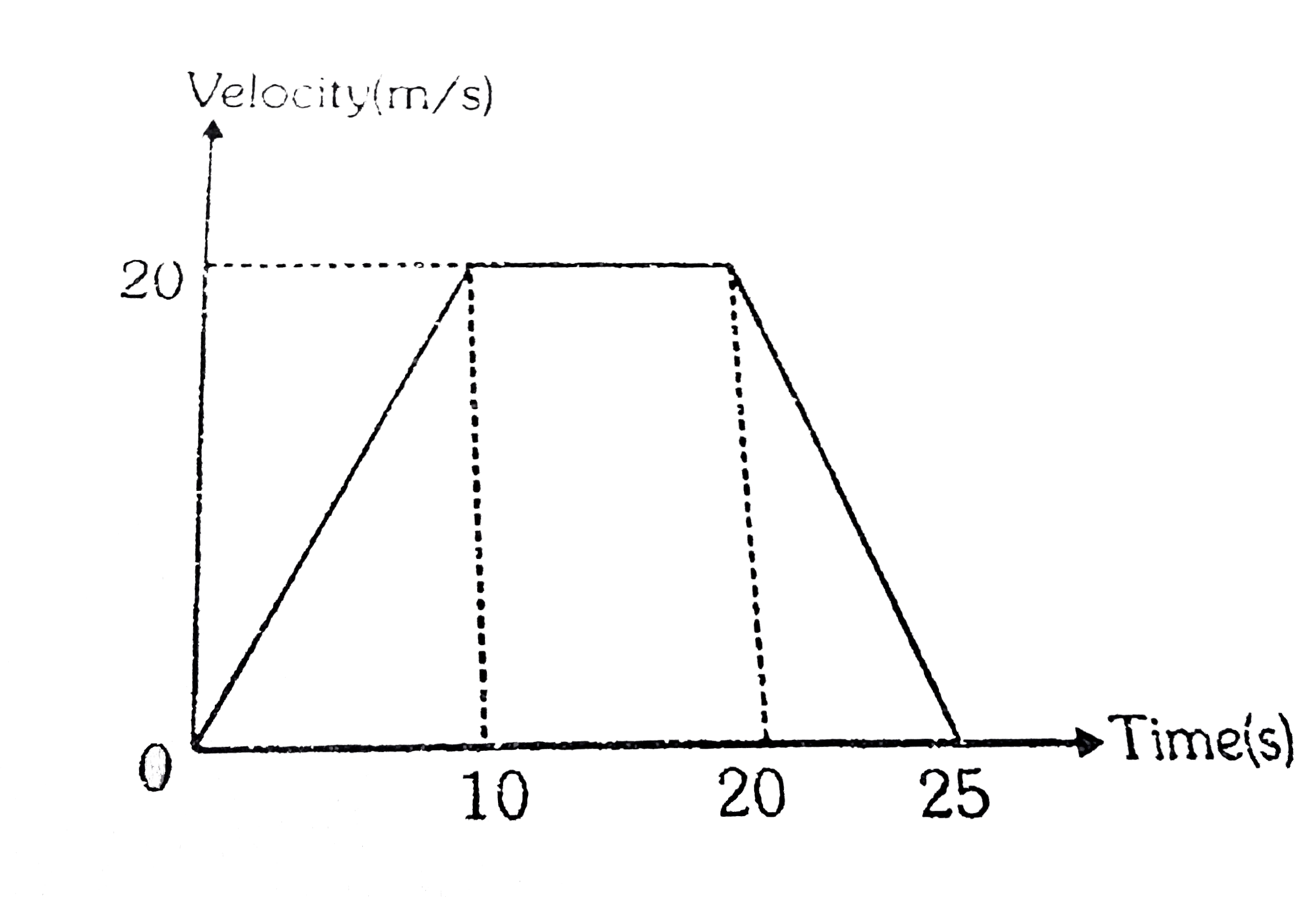We do not see a car moving as a wave on the road. Explain.
The wavelength of the wave is inversely proportional to the mass of the moving object (λ=h/mv). As car has large mass, wavelength associated with it is negligible.
Topper's Solved these Questions
- BOOK - PRADEEPCHAPTER - STRUCTURE OF ATOMEXERCISE - Problem for Practice78videos
STRUCTURE OF ATOM
- BOOK - PRADEEPCHAPTER - STRUCTURE OF ATOMEXERCISE - Advanced Problems For Competitions18videos
STRUCTURE OF ATOM
- BOOK - PRADEEPCHAPTER - STRUCTURE OF ATOMEXERCISE - Problem35videos
STRUCTURE OF ATOM
- BOOK - PRADEEPCHAPTER - STATES OF MATTER: SOLID MATTEREXERCISE - COMPETITION FOCUS (ASSERTION-REASON)17videos
STATES OF MATTER: SOLID MATTER
- BOOK - PRADEEPCHAPTER - THERMODYNAMICSEXERCISE - MULTIPLE CHOICE QUESTION ( BASED ON PRACTICAL CHEMISTRY)3videos
THERMODYNAMICS
Similar Questions
We do not see a car moving as a wave on the road. Explain.
View SolutionA father and son pushed their car to bring it to the side of road as it had stalled in the middle of the road. They experienced that although they had to push with all their might initially to move the car, the push required to keep the car rolling was smaller, once the car started rolling. Explain.
View Solution
Knowledge Check
- Question 1 - Select One
Where do you see ‘jugaad cars’:-
AGujaratBPunjabCUttar PradeshDHimachal Pradesh - Question 2 - Select One
A car moving on a road when overtaken by a bus
Ais pulled towards the busBis pushed away from the busCis not affected by the busDinformation is insufficient. - Question 3 - Select One
The velocity-time graph of a car moving along a straight road is shown in figure. The average velocity of the car in first 25 seconds is
 A20m/sB14m/sC10m/sD17.5m/s
A20m/sB14m/sC10m/sD17.5m/s
Two roads one , along the y - axis and another along a direction at angle θ with x - axis, are as shown in (Fig. 5.68). Two cars AandB are moving along the roads. Considerthe situation of the diagram. Draw the direction of
(a) Car B as seen from car A.
(b) Car A as seen car B.
 .View Solution
.View SolutionA pendulum is suspended from the roof of a rall road car. When the car is moving on a circular track the pandulum inclines:
View SolutionThe velocity-time graph of a car moving along a straight road is shown in figure. The average velocity of the car is first 25 seconds is
 View Solution
View SolutionConsider a car moving along a straight horizontal road with a speed of 72 km/h. If the coefficient of static friction between road and tyres is 0.5, the shortest distance in which the car can be stopped is
View SolutionA car is moving with speed v and is taking a turn on a circular road of radius 10 m. The angle of banking is 37∘. The driver wants that car does not slip on the road. The coefficient of friction is 0.4(g=10m/sec2)
If the car were moving on a flat road and distance between the front tyres is 2 m and the height of the centre of the mass of the car is 1m from the ground, then, the minimum velocity for which car topples is :View Solution

